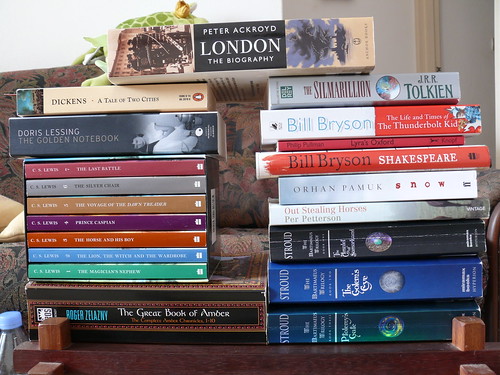Speed reading is an invaluable time saving skill which can benefit everyone. The amount of written material we encounter on a daily basis can be overwhelming. At home and at work we may read newspapers, letters, email, books, magazines, business documents and a host of information presented to us via the internet. By applying the techniques of speed reading we can unlearn bad reading habits, improve reading efficiency and save time whilst still fully understanding the material we have read. Whilst speed reading is not appropriate in every situation (reading the fine print of a legal agreement, for example) it can be enormously helpful for anyone who needs to quickly obtain salient information from a mass of written material, such as a student revising for exams.

The keys to successful speed reading
By combining the following tips and techniques and practising your speed reading you should soon see significant improvements in your reading ability. It’s best to begin speed reading with relatively simple texts such as email or magazine articles, moving on to more complex documents as your speed reading abilities increase. Here are the keys to learning how to speed read:
- Concentrate
Distractions equal slower reading. Turn off the TV or your personal stereo, and find a quiet, comfortable room in which to practise speed reading where you are unlikely to be disturbed. Try to clear your mind and focus on the task at hand so that you can give maximum brain processing power to your speed reading. - Size up the text
Before you begin reading a document, quickly ‘skim’ it, taking note of its layout. Visual clues such as paragraph headings, line breaks and so on will help you to identify the sections of the text which are likely to contain information that is useful to you and those to which less attention may be paid. - Group words as you read
Reading a text word-by-word is slow and can actually impair your overall understanding of the information being conveyed. Try to read words in small groups, two, three or four words at a time; your brain has the ability to ‘decode’ text and obtain meaning from it instantly – it’s just a case of refining the way in which you present that text to your brain. Clearly, the way in which you use your eyes has a bearing on this: try not to focus upon every single word but rather relax your eyes to take in a wider section of text, skimming from one word group to the next. The ability to assimilate groups of words rather than individual words is fundamental to dramatically improving your reading speed. - Discourage the urge to ‘sub-vocalise’
It’s a natural response when reading to ‘speak’ the words we read in our mind. This sub-vocalisation is sometimes accompanied by lip movements which silently form the words we are reading. These natural involuntary actions require brain processing power which consequently slows down our reading (effectively, we are reading at the same pace at which we speak). The good news is that, with practice, sub-vocalisation is a habit that can be unlearned. The ability to read groups of words helps with this, and minimising or eliminating sub-vocalisation will provide another significant boost in reading speed. - Don’t skip back or re-read
There is a natural flow to reading which is interrupted every time we skip back to double-check something we have already read. Unnecessary regressions inevitably slow down reading and can undermine our overall understanding of the information being presented. If you find that you often skip back to words or sections of text that you have already read, make an effort to do this only when 100% necessary. - Use your finger as a speed-reading aid
Our eyes are naturally conditioned to follow a moving object. When beginning to learn speed reading it can be useful to trace your finger beneath a line of text as you read it. As your speed-reading confidence and ability increases you can increase the speed at which your finger traces the text. Following your finger as you read can help to eliminate re-reading (see above) and eventually you will attain a reading speed at which using your finger as an aid is no longer required.
Vision Boutique are an online retailer of glasses such as mens reading glasses.
